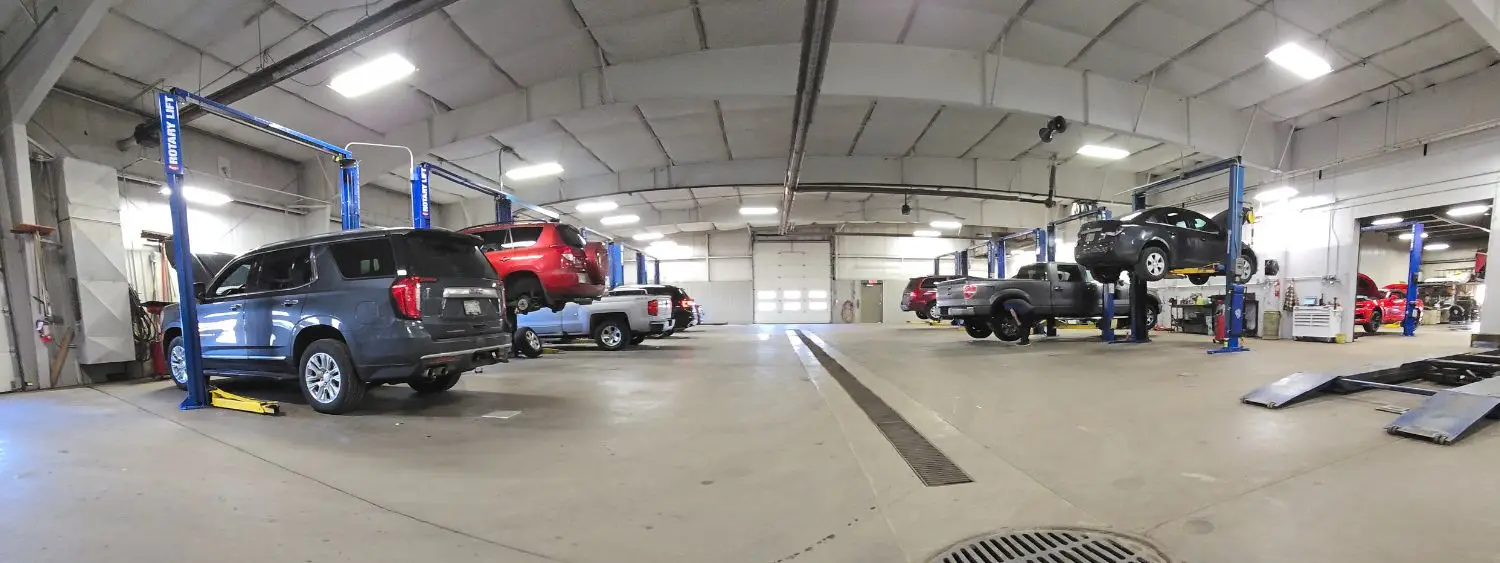
Reliable Timing Belt Replacement in Lodi, Poynette, Merrimac, Sauk City, Prairie du Sac, and Waunakee, WI
Timing Belt Replacement: Why It’s Crucial for Your Car
Your car’s engine is a marvel of engineering, but it relies on small parts working together to keep it running smoothly. One of those key parts is the timing belt. If you’ve never heard of it, don’t worry—it’s easy to understand. The timing belt keeps your engine’s valves and pistons in sync. Without it, your car wouldn’t move an inch. But here’s the catch: timing belts wear out over time. That’s why timing belt replacement is so important. Let’s break it down and see why you shouldn’t skip this simple maintenance task.
What Is a Timing Belt?
A timing belt is a sturdy rubber belt with teeth. It connects the crankshaft and camshaft in your engine. These two parts need to turn at just the right time for your car to work. The timing belt makes sure that happens. Think of it like a conductor in an orchestra—it keeps everything in harmony. Most cars need a timing belt replacement every 60,000 to 100,000 miles. Your owner’s manual will tell you the exact number for your vehicle.
Why Timing Belt Replacement Matters
You might wonder, “Can’t I just wait until it breaks?” The answer is no—and here’s why. A broken timing belt can cause big trouble. In some engines, called interference engines, the pistons and valves share the same space. If the timing belt snaps, they can crash into each other. This leads to bent valves, damaged pistons, or even a ruined engine. Fixing that could cost thousands of dollars. Regular timing belt replacement prevents this headache. It’s a small price to pay for peace of mind.
Even in non-interference engines, a failed timing belt stops your car dead. You’ll be stranded, waiting for a tow truck. Why risk it? Replacing the timing belt on schedule keeps you on the road and saves you money in the long run.
Signs Your Timing Belt Needs Attention
Timing belts don’t always give clear warnings before they fail. That’s why sticking to the replacement schedule is key. Still, there are a few signs to watch for. If you hear a ticking noise from your engine, it might be the timing belt. Trouble starting your car or a misfiring engine can also point to a problem. Sometimes, you might even see oil leaking near the belt. If you notice these, don’t wait—get it checked right away.
How Timing Belt Replacement Works
Wondering what happens during a timing belt replacement? It’s pretty straightforward. A mechanic removes the old belt and puts a new one in its place. They’ll also check related parts, like the water pump and tensioners. These often wear out at the same rate as the timing belt. Replacing them together can save you labor costs later. The job usually takes a few hours, and you’ll be back on the road in no time.
When to Replace Your Timing Belt
Timing belts don’t last forever. Most carmakers suggest a replacement every 60,000 to 100,000 miles. Some newer belts can go longer, but don’t push your luck. Check your owner’s manual or ask your mechanic. Age matters too. Even if you don’t drive much, rubber degrades over time. If your car’s been sitting for years, the timing belt might need replacing sooner.
DIY or Professional Timing Belt Replacement?
Can you replace a timing belt yourself? Sure—if you’re handy with tools and have some car know-how. But it’s not a beginner job. You’ll need to line up the engine parts just right. A small mistake could damage your engine. For most people, it’s smarter to let a pro handle timing belt replacement. They’ve got the skills and tools to do it fast and right.
Keep Your Car Running Smoothly
Your timing belt is a small part with a big job. Ignoring it can lead to costly repairs or a car that won’t start. Regular timing belt replacement keeps your engine happy and your wallet safe. It’s one of those maintenance tasks that’s easy to overlook but hard to ignore when it goes wrong. So, check your mileage, talk to your mechanic, and stay ahead of the game. A little care now means fewer headaches later.
Ready to schedule your timing belt replacement? Don’t wait until it’s too late. Keep your car in top shape and enjoy the ride!

